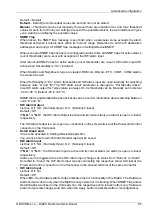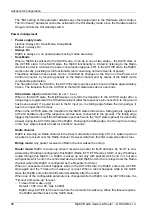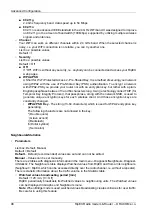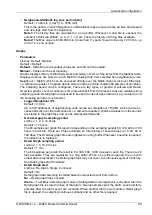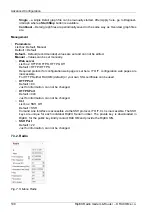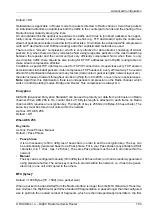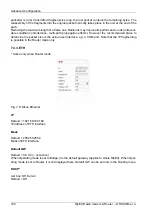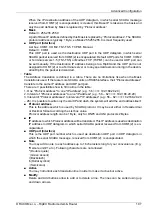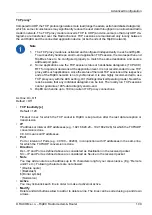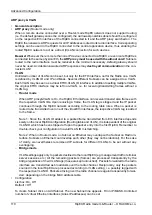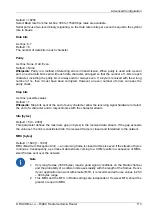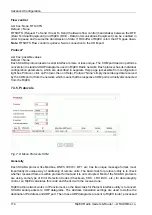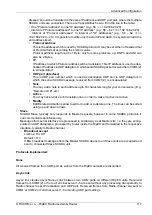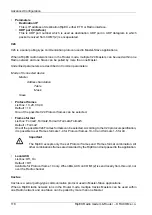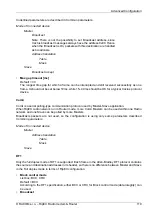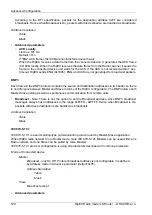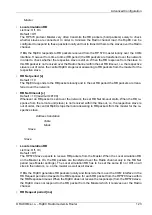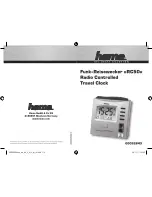
TCP proxy*
Compared to UDP, the TCP protocol generates more load (longer headers, extra handshake datagrams),
which in some circumstances may significantly reduce the user data throughput in a narrowband radio
modem network. The TCP proxy module converts TCP to UDP (and vice-versa) so that only UDP da-
tagrams are transferred over the Radio channel. TCP sessions are maintained only locally between
the end RipEX and the connected application device (at both ends of the RipEX network).
Note
The TCP proxy module is activated and configured independently in each end RipEX.
To successfully handle an end-to-end application TCP session, the two respective end
1.
RipEXes have to be configured properly to match the same destination and source
address/port pairs.
2.
Some applications use the TCP session status or handshake datagrams (TCP ACK)
RTT for important decisions at the application level. It is not recommended to use TCP
proxy with such applications, since the status of the local TCP sessions at the respective
ends of the RipEX network is not synchronized. It is also highly recommended to use
TCP proxy only with the ACK setting „On“ (Settings/Device/Operating mode). Neverthe-
less be aware that any individual datagram can be lost. The locally run TCP sessions
cannot guarantee 100% data integrity end-to-end.
3.
RipEX can handle up to 100 concurrent TCP proxy connections.
List box: On, Off
Default = Off
•
TCP Inactivity [s]
Default = 120
Timeout in sec for which the TCP socket in RipEX is kept active after the last data reception or
transmission.
•
IP
IP address or interval of IP addresses (e.g.: 192.168.20.20 – 192.168.20.26) for which the TCP/UDP
conversion is done.
0.0.0.0 means all IP addresses.
•
Port
Port or interval of Ports (e.g.: 40100 – 40200), in conjunction with IP addresses in the same line,
for which the TCP/UDP conversion is done.
•
Direction
Dst – IP and Port as defined above are considered as Destination in the received packet
Src – IP and Port as defined above are considered as Source in the received packet
•
Note
You may add a note to each address up to 16 characters long for your convenience. (E.g. “Remote
unit #1 etc.). Following characters are not allowed:
" (Double quote)
\ (Backslash)
$ (Dollar symbol)
; (Semicolon)
•
Active
You may tick/untick each line in order to make it active/not active.
•
Modify
Delete and Add buttons allow to add or to delete a line. The lines can be sorted using up and down
arrows.
109
© RACOM s.r.o. – RipEX Radio modem & Router
Advanced Configuration
Содержание RipEX 1.6.0
Страница 2: ......

